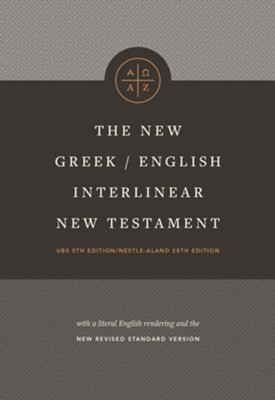


The NASB 2020 update continues the NASB’s tradition of literal translation of the original Greek and Hebrew without compromise. This prevents the misinterpretation of let us to mean “allow us.” Avoidance of the let us construction when the speaker is making an appeal to action.Retranslations of verses with difficult syntax or vocabulary.Updates to words and phrases that could be misunderstood due to changes in meaning during the past twenty-five years.This is different from “gender-neutral” language, which ignores gender-specific contexts in favor of a gender-neutral term. Many passages address a group of Christians as “brothers,” but when the group clearly includes women as well as men, the NASB 2020 adds the words and sisters in italics. The use of “gender-accurate” language.In modernizing the English for 2020, the NASB also incorporated the following: Archaic words like thee and thou were updated back in 1995. The goal of the NASB is to provide a literal translation that is accessible and accurate. The New American Standard Bible is known for its “ formal equivalence” (word-for-word) translation. New American Standard Bible - Translation Method Another translation, the Legacy Standard Bible (2021), also updates the 1995 edition of the NASB. The New American Standard Bible update of 2020 carries on the tradition of accuracy and readability. The 1971 NASB was widely considered the most accurate English Bible translation.

In each case, the updates were published to reflect modern English usage and incorporate the most recent scholarship on the original languages and manuscript discoveries.

The NASB was updated in 1977 and again in 1995. Special attention was given to verb tenses to give the English reader a rendering as close as possible to the sense of the original Greek and Hebrew texts. While preserving the literalness of the ASV, the NASB sought to use the grammatical constructions and diction of contemporary English. The ASV, in turn, was the American version of the Revised Version (RV) of 1885, also called the English Revised Version (ERV). The New American Standard Bible (NASB), first released in 1971, evolved from the American Standard Version (ASV) of 1901.


 0 kommentar(er)
0 kommentar(er)
